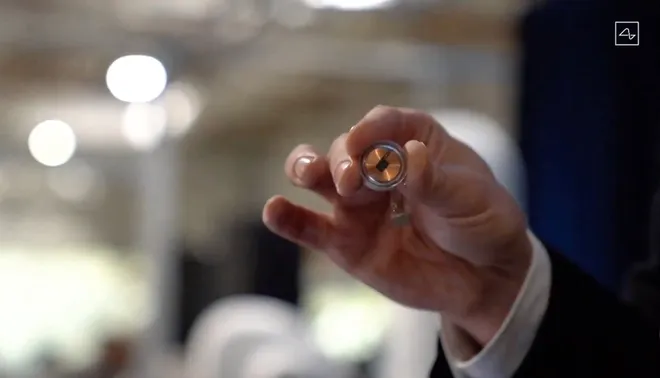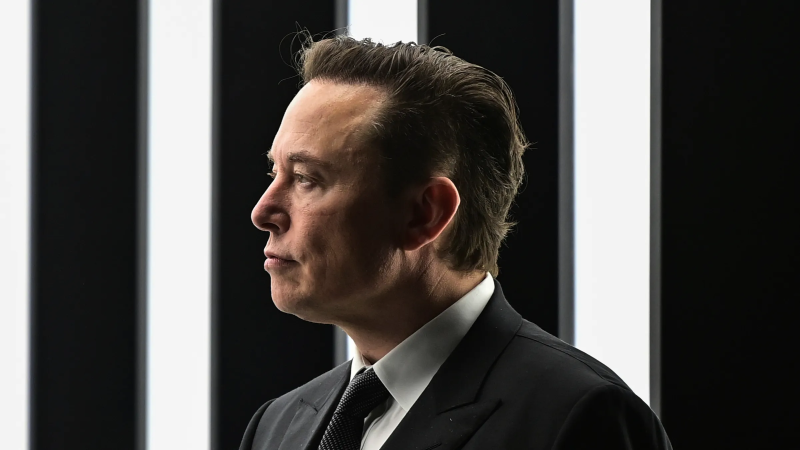First human to receive Neuralink brain implant is 'recovering well,' Elon Musk says
The first human to receive a Neuralink cybernetic implant is recovering well, tech billionaire Elon Musk has announced.
"Initial results show promising neuron spike detection," Musk said on X after the Sunday procedure.
Neuralink's brain-computer interface, or BCI, would allow people to control a computer or mobile device wirelessly "just by thinking about it," according to the company's website.
In May, the tech startup owned and co-founded by Musk announced it received approval from the Food and Drug Administration to implant brain chips into humans.
The company announced in September that it received approval to recruit for the first-in-human clinical trial of its wireless BCI.

Musk said the product is called Telepathy. The goal of the new technology is to allow paralyzed people the ability to control a computer cursor or keyboard using just their thoughts.
"Imagine if Stephen Hawking could communicate faster than a speed typist or auctioneer. That is the goal," Musk said in a post on X, formerly Twitter.
The study uses a robot to surgically place the implant into a region of the brain that controls movement intention. After the N1 Implant has been surgically placed, it's supposed to record and transmit brain signals wirelessly to an app that decodes movement intention.
Clinical trial:Elon Musk's Neuralink chip is ready to embark on its first clinical trial. Here's how to sign up.
How is the Neuralink chip inserted into the body?
The surgical robot was created specifically to embed the implant and its 64 ultra-thin flexible connected threads upon which are 1,024 electrodes that record neural activity.
The robot has five built-in camera systems and uses optical coherence tomography for noninvasive imaging of brain tissue. The robot uses a needle as thin as a human hair, Neuralink's site says.
What does the Neuralink brain chip actually do?
Neuralink's goal with its human trials is to eventually enable a person with paralysis to use a computer or phone with their brain activity alone. The N1 implant actually includes multiple chips, a wireless battery and other electronics hermetically sealed within a device about the size of a large coin.
Several dozen ultra-thin threads protrude from the implant; those go directly into the brain. Signals from the implant are sent via Bluetooth to, and decoded by, a brain-computer interface, which would allow a person to, for instance, control an onscreen cursor or move a robotic limb.
"The first thing that we're going after is a wireless implanted chip that would enable someone who is a … tetraplegic or quadriplegic to control a computer, or mouse, or their phone, or really any device … just by thinking. This obviously would be a massive enabler, make life way easier for them. I'd say it's like a Fitbit in your skull with tiny wires that go to your brain,” Musk said in an online chat in 2021.
Beyond helping paralyzed patients regain some mobility and communicate without typing, Neuralink's longer-term goals include helping restore full mobility and sight.

Disclaimer: The copyright of this article belongs to the original author. Reposting this article is solely for the purpose of information dissemination and does not constitute any investment advice. If there is any infringement, please contact us immediately. We will make corrections or deletions as necessary. Thank you.






